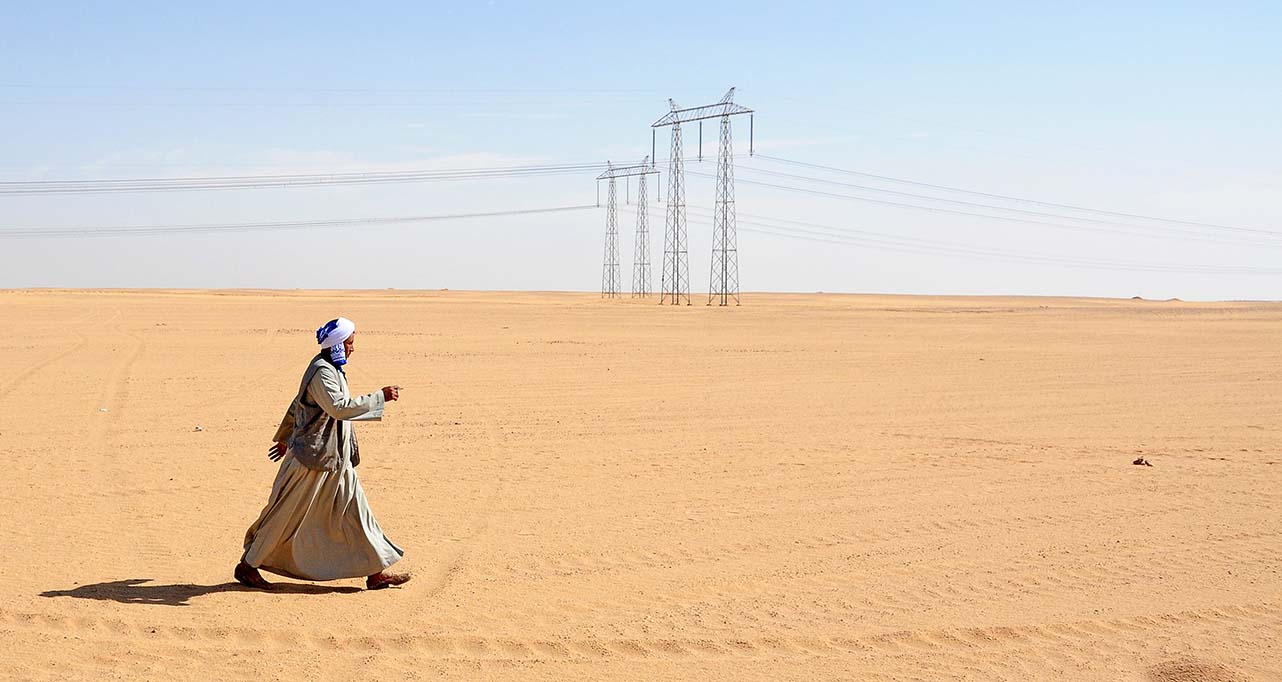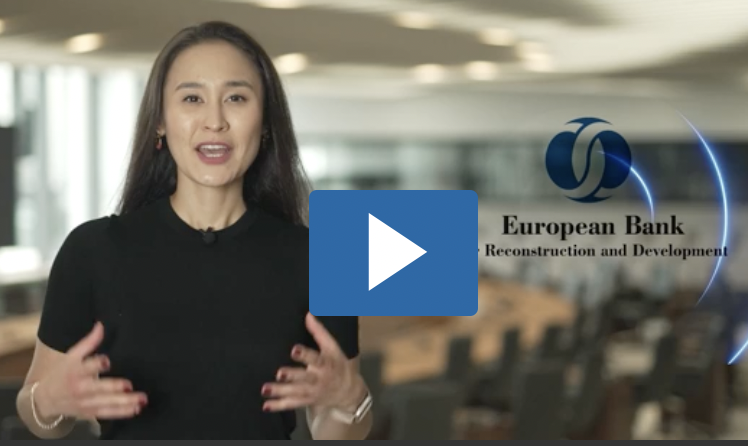The EBRD sees the economy of Bosnia and Herzegovina return to growth in 2011 with an expected increase in output of 2.2 per cent. The expected more robust growth in 2011 follows a challenging period for the country with a GDP contraction of 2.8 per cent in 2009 at the height of the global financial crisis and a modest increase, provisionally estimated at 0.8 per cent, last year.
According to the EBRD’s latest regional economic outlook, published in late January, stronger growth this year is largely due to higher foreign demand. Continued implementation of public sector reform and adherence to the IMF agreement remains key for economic recovery and future sustainable growth.
The EBRD Transition Report meanwhile stresses that major domestic challenges to sustainable growth remain. As the main concern the report identifies constitutional reform, without which further progress towards a more efficient state, implementation of a comprehensive reform and growth agenda and EU approximation will be difficult to achieve.
“Political will to implement the difficult fiscal consolidation measures and to further liberalise the economy and improve business environment will help Bosnia and Herzegovina to return to a sustainable model of economic growth”, said EBRD Lead Economist, Peter Sanfey.
One of the key priorities facing Bosnia and Herzegovina is the continuation of the privatisation process and the advancement of reforms aimed at improving the investment and business climate in the country. Further strengthening of roads and railways regulators and unbundling in the power sector is needed to facilitate modernisation of all infrastructure sectors.
While the banking sector has remained sound despite the global financial turmoil, it is important to establish a unified system of banking supervision in Bosnia and Herzegovina and to promote the development of non-bank financial markets.
In the EBRD Transition Report 2010 the Bank’s Chief Economist Erik Berglöf warns that governments would be putting long-term growth in emerging Europe at risk if they shied away from implementing crucial reforms just because the region was now pulling out of the global economic crisis.
“Complacency would threaten not only recovery, but also long-term growth,” Dr Berglöf says in the foreword to the report. There could be “no return to the region’s pre-crisis dynamism without new reform.”
This year’s Transition Report illustrates that the EBRD region is recovering from the crisis more hesitantly than other emerging markets and with sharp variations among individual countries. Overall growth of 4.2 and of 4.1 percent is predicted for this year and next, compared with a contraction of 5.5 percent in 2009.
In response to this mixed outlook, the Transition Report 2010 outlines a series of recommendations to policy-makers on how to return the region to stronger, more sustainable, growth, including the need to develop local currency and capital markets, to reinvigorate export growth and trade integration and improve the business climate.
The aim of these recommendations is to make growth less volatile and also to rebalance the drivers of long-term expansion. As capital inflows are expected to remain below pre-crisis levels, “the region will need to seek alternative sources of growth,” the report says.
Since the beginning of its operations in Bosnia and Herzegovina, the EBRD has committed €1.3 billion in 83 projects in various sectors of the economy. The EBRD’s funding helped mobilised additional investments worth €1.5 million from other sources.



